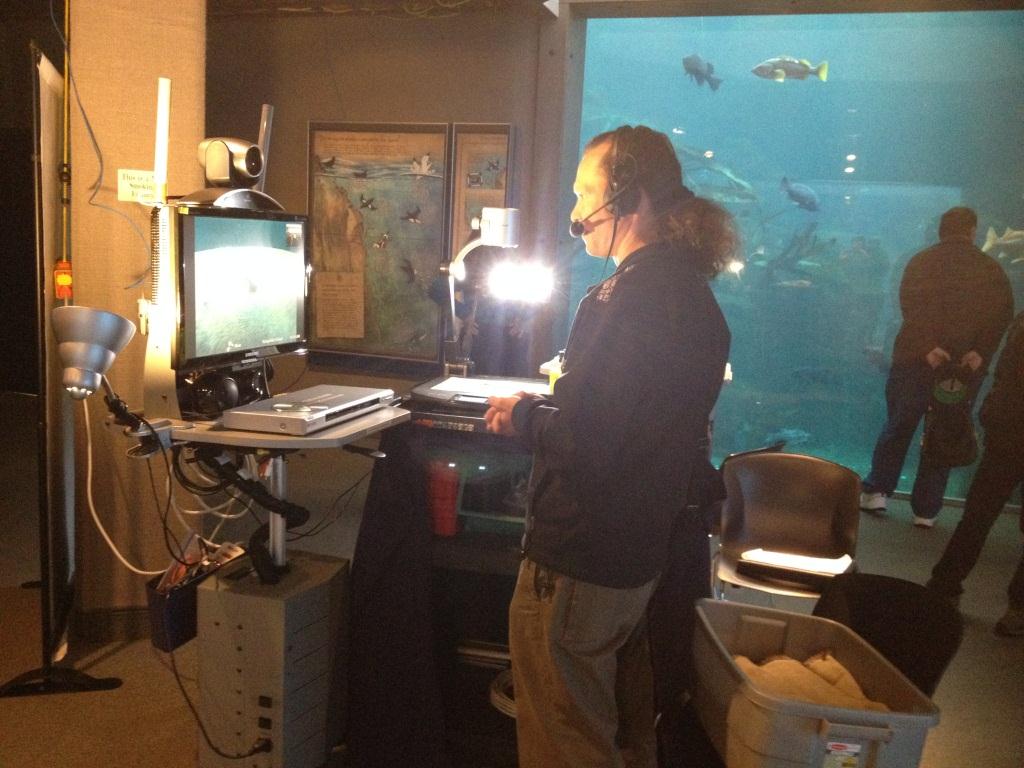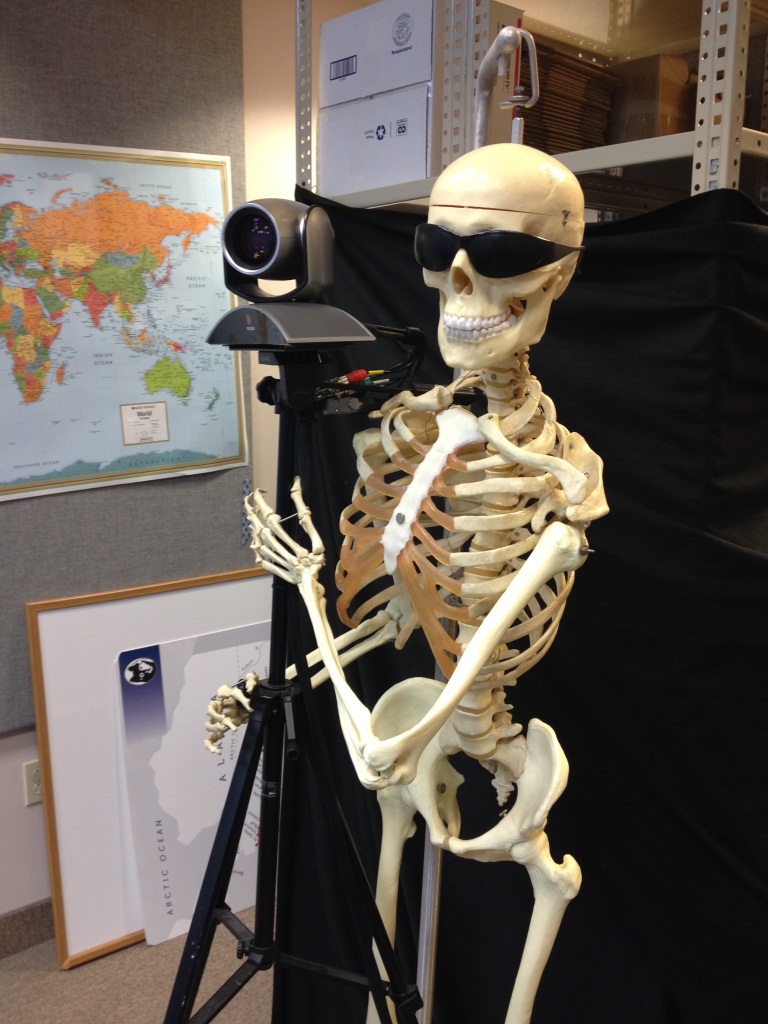Ben Newsome from Fizzics Education shares insights from his amazing journey through the United States
Earlier this year, Ben Newsome of Fizzics Education travelled for seven weeks in the United States to investigate the use of videoconferencing in science education. Visiting 16 science centres, museums, zoos, aquariums and school districts across North America as a recipient of a Churchill Fellowship. Ben met with many distance educators who shared insights and techniques on how to produce outstanding science & technology video conferencing lessons for remote learners.
Among Ben’s findings were:
- Learning how to incorporate animated games & live dissections into marine biology video conferences at the Aquarium of the Pacific in Los Angeles.
- Visiting Alaska to learn techniques in remotely teaching ecology at the Alaska SeaLife Center and Alaska Zoo

- Touring the Canadian badlands to learn how palaeontology is taught via IVC at the Royal Tyrrell Museum
- Speaking with the talented team at the Centre for Interactive Learning & Collaboration in Indianapolis & the Central New York Regional Information Center on video conferencing installation and best practices
- Immersion in the simulated learning environments at Rochester Challenger Learning Center and the Bathysphere Underwater Biological Laboratory plus spending time with the distance educators at the Cleveland Museum of Natural History, the Cleveland Museum of Art, the International Spy Museum, Nina Mason Pulliam Ecolab and the Intrepid Sea, Air & Space Complex
- Touring Washington DC galleries & museums offered by the Smithsonian Institution
- Discovering robotic video conferencing technologies being used at the New York Hall of Science.
- Learning how social disadvantage and isolation can be overcome through the use of collaborative technologies

Ben met many video conferencing content providers at the Center for Puppetry Arts as well as leaders of the educational video conferencing community at the International Society for Technology for Education conference in Atlanta.
Following his Churchill Fellowship tour Ben has made many recommendations to improve the delivery of videoconferencing in Australia. These include that professional development in collaborative technologies needs to be ongoing in the school system and should be embedded into pre-service teaching courses at Universities. Video conferencing should wherever possible be incorporated into all mainstream teaching & learning sequences to enrich the K – 12 curriculum, particularly as significant investment has already been made to install H.323 systems in over 3000 Australian schools.
Ben also recommends that where possible mobile H.323 systems also be installed into all schools, libraries, hospitals, retirement homes & juvenile justice sites if funding was available, to ensure better access to educational experiences from around the world regardless of key learning area.
Full report can be read here: www.churchilltrust.com.au/media/fellows/To_investigate_best_practice_in_science_education_B_Newsome_2013.pdf

